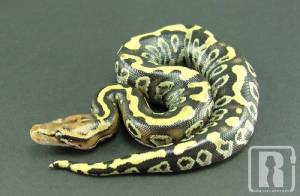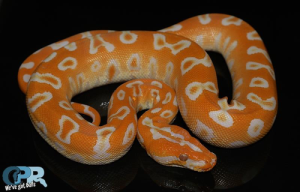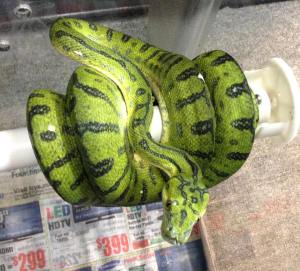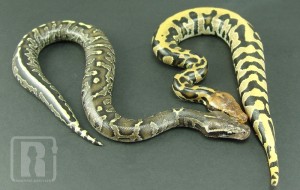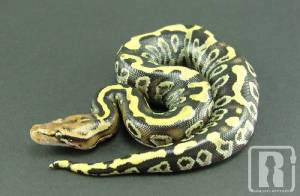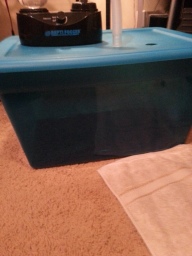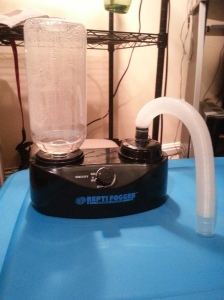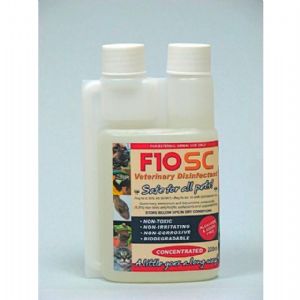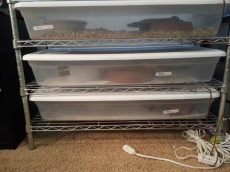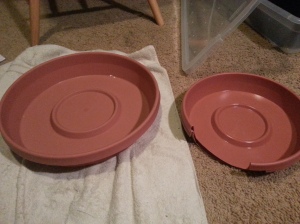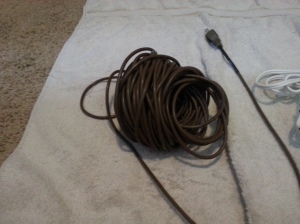Tags
Ball python, Gecko, Python, Pythons, Reptile convention, Reptile fair, Reptile show, Reptiles, Snake
If you are into reptiles you will eventually attend a reptile convention. Many people go to these events to purchase reptiles from breeders to save money and also to find something more exotic than the average pet store may have. This post will be in two parts. This is part one and covers some tips for the average attendee and part two will cover what it is like being a vendor. Hopefully the vendor post will help attendees understand what goes on at the shows that they may not see.
Attending a reptile show can be overwhelming to some and just lame to others. Each show is different and different areas have different breeders. I have been to shows where half of the breeders where ball python breeder, the other quarter where gecko breeders and only one guy had a mixture of higher end reptiles. The bigger shows will cover every reptile species on the market, plus I have seen things like monkeys, hedgehogs, hybrid wolf puppies, and even captive bred and raised racoons. Many of these things can be purchased if you have the cash but buyer beware, many of the breeders are only there for cash and will be of little help when the snake you purchased grows to 30+ feet.
Here are my helpful tips for those who want to attend a reptile convention:
- Preregister online- its cheaper and gets you in an hour earlier. This can make a break a trip for someone looking to spend serious money. Do know the vendors want to sell as much as possible as soon as possible. Go in early, make a cash offer and get what you want.
- Research the vendors- you can go to the show’s main page and see who will be vending at the event. This allows you to window shop what they breed and look up reviews of the breeder. Many reputable breeders go to these events but there is also many who are trying to make a quick buck off of you. Always look for pictures on the breeder and see if they are just some guy keeping snakes in a van or a reputable breeder.
- Research your purchase- before you buy a retic or an anaconda, know what it takes to care for them because the vendor will not help you past taking your money and it isn’t their responsibility to do so. Know what kind of animal you have the ability to care for and have the time for. You may want a retic but you are only skilled enough and can only manage a ball python.
- Bring cash- cash talks, and it will be the biggest factor in getting $20 off to $100 off. Every reptile show I have been to I have gotten crazy good deals because I offered cash. It doesn’t take an accountant to know why a vendor would rather have cash than process a credit/debit card.
- Buyer Beware- Inspect the animal you purchase and make sure you are buying a healthy animal. I always look for mites, watch breathing, watch movement in my hand, and check for a respiratory infection. The last thing you want is to purchase a sick animal that will hurt your other reptiles. I have seen many vendors selling unhealthy animals and argued with me over the health of the animal. I got into it when I heard the snake struggle to breath and bubbles coming from it’s nostrils. This snake could spread an illness to ever reptile there. He was asked to leave.
- Beware the investment pitch- these animals are not an investment. The chances of someone becoming a successful breeder is very slim and you WILL NOT MAKE GOOD MONEY. These vendors will sell you on the idea of you breeding your own snakes and making some cash but that hardly works. Breeding reptiles requires time and effort. Everyday I see people trying to become reptile breeders and after a year, sell out of it because they didn’t produce anything or make any money. I call those people suckers, and they should never be allowed to own any animal. Many of the vendors are good people but walk in expecting them all to treat you like a used car salesman would.
- BUY IT!!!- If there is something you want and try and play hard ball or wait too long, it will sell. This is why I always get in a hour early. I hit every vendor, see what they have and then buy fast.
- Enjoy the shows- There are many educational shows at these events. Some are meant for kids but they all provide great information about the animals and the hobby. If you made a purchase just ask the vendor to hold on to it for a minute and they will, as long as you have already paid. Ask questions and learn something while you are there. The vendors are busy trying to keep an eye on their stuff and it can be hard for them to educate you on everything. The next post will cover more on vendors and why it isn’t a lot of fun to be a vendor at these events at times.
- Don’t be annoying- be aware of the people around you, don’t ask to hold things unless you plan to buy them (it can over stress the already stressed out animal), don’t ask to see something that someone has already purchased, don’t act like a know it all, try to get a deal but don’t insult the vendor, do not ask the vendor to explain every last detail of the animal’s life, and watch your wallet. I can say that I have almost had this happen to me. I caught the guy as he yanked my wallet. I grabbed his wrist and took back my wallet. I pinned him until security arrived. Anytime you are at an event where there is a crowd of people in a tight space, you will get pick pockets. I mentioned these things because as a constant attendee and former vendor, I can tell you that many of these things cause issues and I mention them in your best interest.
These events are a lot of fun and can be the only place to get specific reptiles. Its the only place you’ll find dwarf crocs, albino platinum retics, and an albino pied spider clown ball python. You will see animals you may never see again but do not be awe struck. Just because the nice man has pretty pythons and makes you believe you can become rich selling snakes is lying to you. Put the needs of the animals first and know that only a few reptile breeders will make good money breeding snakes. They become wealthy because they have connections to get wild caught things no one has seen and have worked harder than most trying to build their business. Many of those wealthy breeders have barns, barracks, and houses dedicated to housing their reptiles.
If you love reptiles or just want to experience something truly amazing, go to a reptile convention. I suggest going to http://www.repticon.com/ and finding an event near you.






